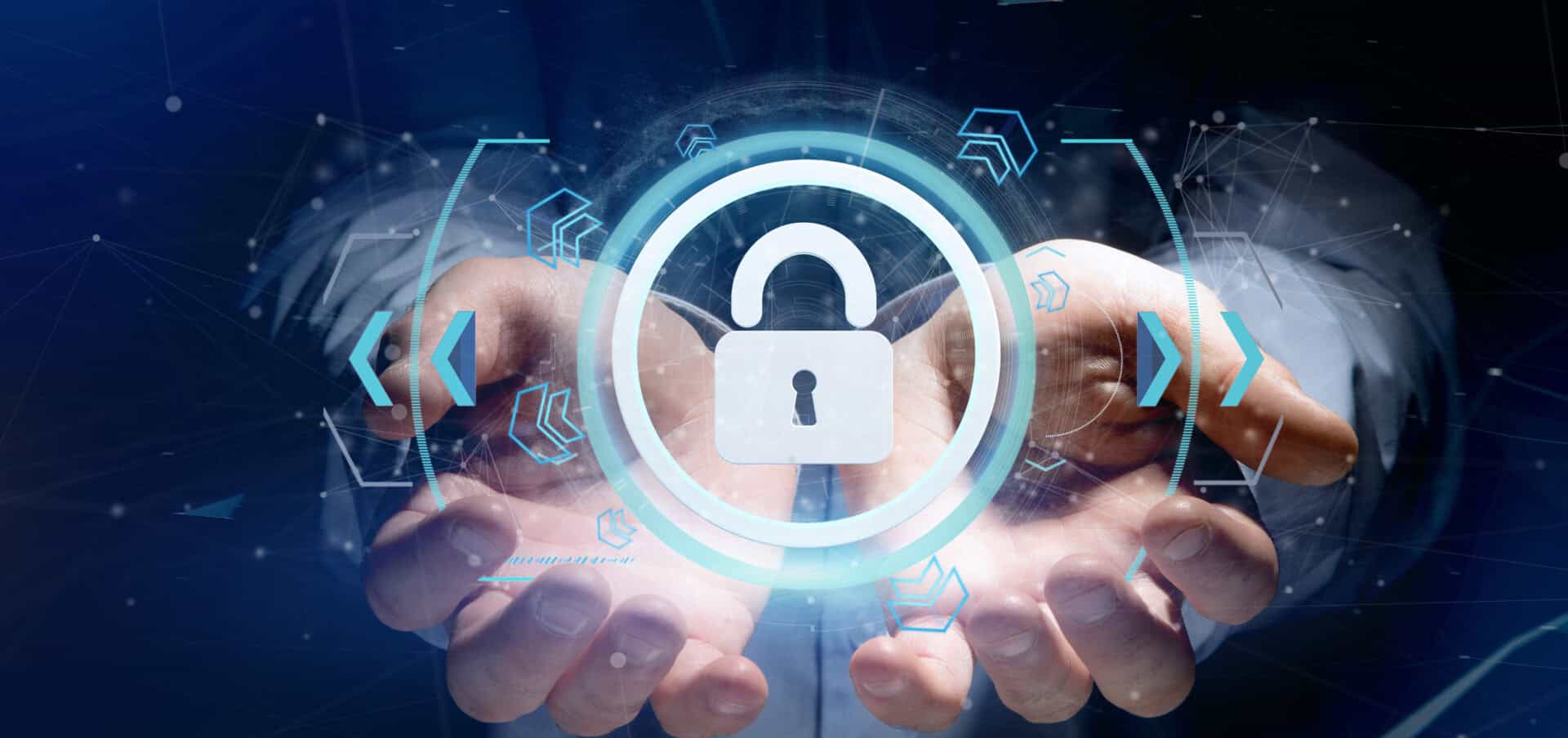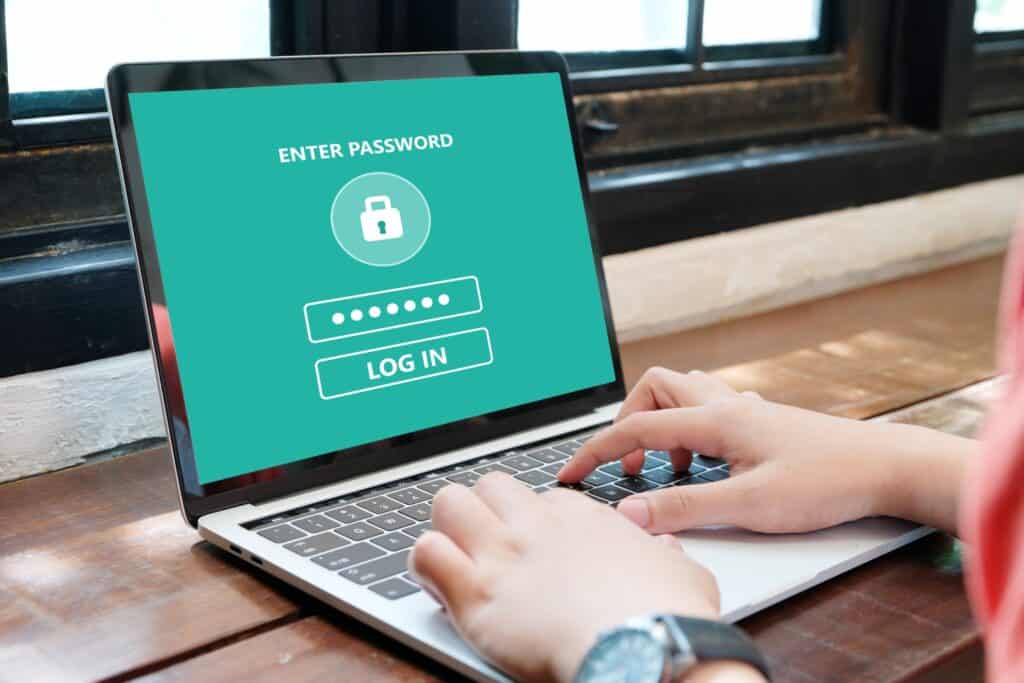- EDR (Enhanced Detection & Response) focuses on detecting, investigating, and responding to threats on endpoints like laptops and mobile devices, providing continuous monitoring and automated threat responses.
- MDR (Managed Detection & Response) adds human expertise to EDR, offering 24/7 monitoring, proactive threat hunting, and comprehensive incident response for businesses without in-house security teams.
- XDR (Extended Detection & Response) expands protection to include networks, servers, and cloud environments, integrating data from multiple sources for a unified security view, while SIEM (Security Information and Event Management) collects and analyzes security event data for real-time threat visibility and compliance reporting.
As a business owner, you need to protect your company’s sensitive information and maintain the trust of your customers. However, the world of cybersecurity can be complex, filled with technical jargon that can be overwhelming.
But don’t worry, we’re here to help! Here are four terms in cybersecurity that every business owner should know: EDR (Enhanced Detection & Response), MDR (Managed Detection & Response), XDR (Extended Detection & Response), and SIEM (Security Information and Event Management). By understanding these terms, you’ll be better equipped to make informed decisions about your business’s cybersecurity needs.
EDR (Enhanced Detection & Response)
Enhanced Detection & Response (EDR) is a cybersecurity solution designed to detect, investigate, and respond to threats on endpoints. Endpoints refer to devices like laptops, desktops, and mobile devices that connect to your network.
Businesses with EDR receive the following:
- Threat Detection: EDR tools continuously monitor endpoints for signs of malicious activity. They use advanced analytics and machine learning to identify potential threats in real-time.
- Investigation: Once a threat is detected, EDR provides detailed information about the threat, including its origin, the affected endpoints, and the extent of the compromise.
- Response: EDR solutions offer automated and manual response options to neutralize threats. This can include isolating affected devices, removing malware, and restoring compromised files.
Why EDR Matters
For small to medium-sized businesses (SMBs), EDR is a good fit, as it offers thorough protection against sophisticated cyberthreats. By continuously monitoring endpoints, EDR helps prevent data breaches and minimizes the impact of attacks.
MDR (Managed Detection & Response)
Managed Detection & Response (MDR) takes EDR to the next level by adding human expertise to the equation. MDR services combine advanced technology with a team of cybersecurity professionals who monitor your network, analyze threats, and respond to incidents.
The key features of MDR include the following:
- 24/7 Monitoring: MDR providers offer round-the-clock monitoring of your network to detect and respond to threats in real-time.
- Threat Hunting: MDR teams proactively search for hidden threats that may have evaded automated detection systems.
- Incident Response: When a threat is identified, MDR professionals handle the response, keeping the threat contained and eliminating it quickly.
- Reporting: MDR services provide regular reports on the security status of your network, helping you understand your risk landscape.
Why MDR Matters
For businesses without an in-house cybersecurity team, MDR offers a comprehensive solution that leverages both technology and human expertise. This service keeps your network continuously monitored and makes sure that any threats are swiftly addressed, reducing the likelihood of a successful cyberattack.
XDR (Extended Detection & Response)
Extended Detection & Response (XDR) is an evolution of EDR that extends detection and response capabilities beyond endpoints to include networks, servers, and cloud environments. XDR provides a holistic view of your entire IT ecosystem, allowing for more effective threat detection and response.
Here are XDR’s key features:
- Integrated View: XDR solutions consolidate data from multiple sources (endpoints, networks, servers, and cloud) into a single platform, providing a unified view of security events.
- Advanced Analytics: XDR uses advanced analytics and machine learning to detect sophisticated threats across your entire IT environment.
- Automated Response: With automated response actions, XDR neutralizes threats quickly, minimizing the potential impact on your business.
- Streamlined Operations: By integrating data from various sources, XDR simplifies security operations and reduces the time required to detect and respond to threats.
Why XDR Matters
For businesses with complex IT environments, XDR provides a comprehensive security solution that covers all aspects of the network. By integrating data from multiple sources, XDR improves threat detection and response so that no part of your IT ecosystem is left unprotected.
SIEM (Security Information and Event Management)
Security Information and Event Management (SIEM) is a solution that collects, analyzes, and correlates security event data from across your IT infrastructure. SIEM provides real-time visibility into security activities, helping you identify and respond to potential threats.
SIEM has the following key features:
- Data Collection: SIEM solutions gather log data from various sources, including firewalls, servers, and applications.
- Correlation and Analysis: SIEM analyzes and correlates log data to identify patterns and detect anomalies that may indicate a security threat.
- Real-Time Alerts: When a potential threat is detected, SIEM generates real-time alerts, allowing your security team to respond quickly.
- Reporting and Compliance: SIEM provides detailed reports on security events, helping you meet regulatory compliance requirements and understand your security posture.
Why SIEM Matters
SIEM is extremely helpful to businesses that need to manage and analyze large volumes of security data. By providing real-time visibility and detailed analysis, SIEM helps you stay ahead of potential threats and keeps your security measures effective.
Choosing the Right Solution for Your Business
Now that you understand the differences between EDR, MDR, XDR, and SIEM, you might be wondering which solution is right for your business. The answer depends on your specific security needs, the complexity of your IT environment, and the resources you have available.
Think about the following needs your business might have:
If You Need Endpoint Protection
EDR is a great starting point, offering thorough detection and response capabilities for your devices. It continuously monitors your endpoints, detects threats, and provides automated responses to neutralize them quickly. This is ideal for businesses that need to secure devices like laptops and mobile phones without overwhelming their IT teams.
If You Lack an In-House Security Team
MDR provides a comprehensive managed service, combining advanced technology with human expertise to protect your network. With 24/7 monitoring and professional threat hunting, MDR ensures that any threats are identified and dealt with promptly, giving you peace of mind without the need to build an internal cybersecurity team.
If You Have a Complex IT Environment
XDR offers an integrated approach, extending detection and response across endpoints, networks, servers, and cloud environments. By consolidating data from various sources, XDR provides a holistic view of your entire IT ecosystem, improving threat detection and response times. This is particularly beneficial for businesses with multiple platforms and services, as it provides cohesive security management.
If You Need to Manage Large Volumes of Security Data
SIEM provides real-time visibility and analysis, helping you stay ahead of potential threats and meet compliance requirements. SIEM solutions collect and analyze log data from various sources, correlating events to identify patterns and anomalies. This comprehensive analysis is helpful to businesses that must track security events and ensure regulatory compliance meticulously.
At CMIT Solutions of Hayward, we can help you find the IT and cybersecurity solutions that fit your business needs. Contact us today to get started!





